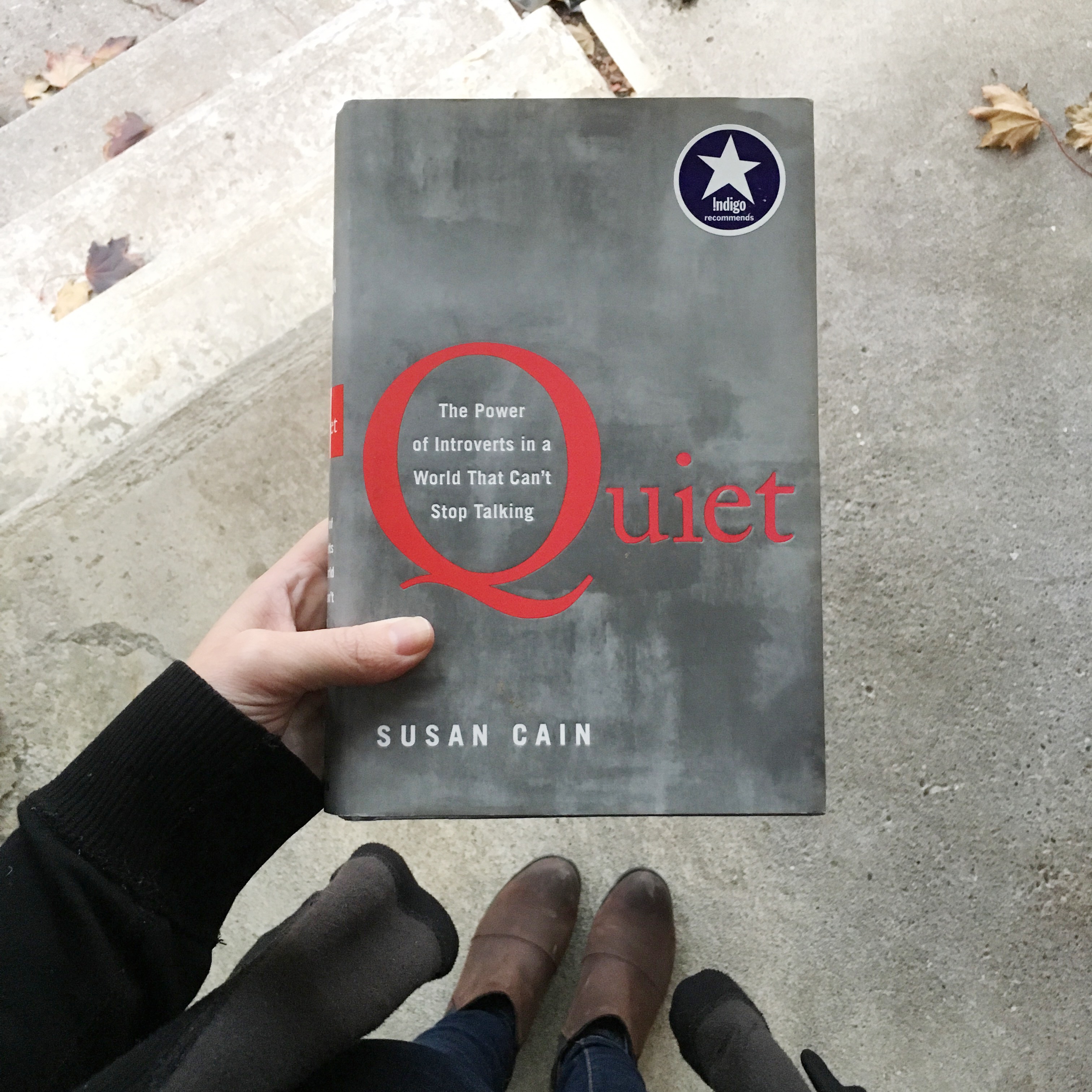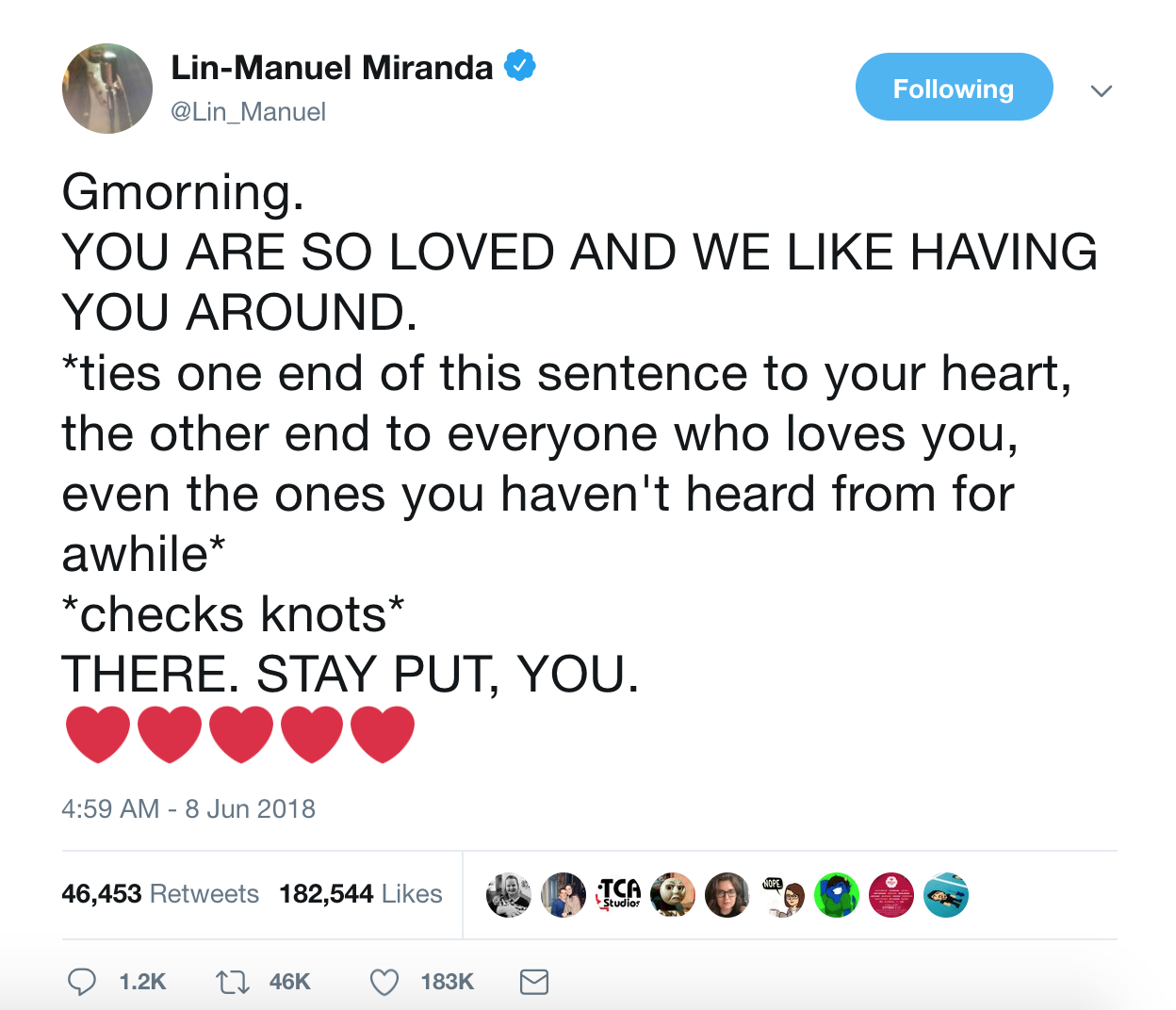I sit at my remote teaching space at home. My husband is working in the room beside mine. My son is doing remote learning down the hall. In many ways, it feels like time is frozen in April 2020, but in so many other ways, it has been the longest year of our lives.
When I was asked in September to think of a How Might We question/professional development goal for the year, I struggled to settle on one. I still struggle. Part of me was instantly resentful at the question to begin with. How can anyone think we need so much structure around professional growth this year? Why all the check-ins? How can one possibly be a teacher in 2020 and not be growing every single minute of every single day? Can everyone please just honour this and leave me alone? Am I an awful teacher for even thinking this?
Yet, I know there is benefit to goal-setting and especially to connecting with others who may share points of your journey. This is what kept me going on my meandering path.
What learning did I want to accomplish this year?
My number one goal for the past year was explore strategies to connect with and engage remote and in-person learners simultaneously. This goal was very much about surviving this school year. And it came with so. many. questions.
How might we build relationships with remote learners?
How might we engage students in meaningful French language instruction with limited opportunities for authentic oral communication?
I also wondered how my language program was going to be affected by a significant cut the hours of instruction and mask-wearing. How would not being able to see my mouth and facial expressions affect my students’ comprehension? What could I do to support them with this? How do I decide what curriculum is most important when I have less time to teach it? What gets cut? What needs to be developed? And especially, how to I make sure my students are mentally well while we are managing all of this together? How do they see themselves in my classroom? Is there space for them? Do they feel safe?
See what I mean? So many questions.

What did I learn in the process?
Good enough is good enough. Be okay with letting things go. Celebrate what worked well. Here are a few tools that were big wins in my French classroom this year:
- Nearpod: There is a playful PearDeck vs Nearpod rivalry out there, and I landed on the side of Nearpod this year. I loved this tool as a way to engage my roomies and my zoomies at the same time. Sometimes we did lessons live, and sometimes I assigned student-paced lessons. There is a lot here to play with. For example, in one lesson I asked my students to use the Nearpod Draw It feature to highlight all of the examples of the passé composé in a short article.
- Hyperdocs: @estewart introduced me to Hyperdocs this year, and I found that my students really loved them. Basically, it’s a thoughtfully curated Slide Deck that students work through for their learning with a certain topic. Hyperdocs are a ton of front-loaded teacher work, but the payoff is totally worth it. Instead of so much direct instruction, students can work at their own pace through their learning, and I can devote my time to supporting students along the way. These are by no means perfect, but this year we made hypderdocs for le passé composé, Exploring France and Belgium, and Exploring Haïti, Martinique and Louisiana.
- Flipgrid continued to be a lifesaver, especially for language learning. I posted about my love for that platform here a few years ago.
- Independent Reading: Typically, I start each of my classes with high energy chatting and music and some kind of oral communication activity. I noticed early on that this routine wasn’t going to work. I needed a few minutes to get set up in each room, and my students needed a few minutes to mentally transition from their previous class to French. So, to help with this, we began starting class with five minutes of independent reading. I use the AIM digital readers. The language levels work well for my students, and they sometimes lead to fun vocabulary discoveries like this 🙂
There are a few others. Jamboard and Blooket have also been essential tools I know I will continue to use moving forward.
I also can’t talk about my learning this year without talking about how I learned to care for my own mental health. Last summer I started seeing a therapist for anxiety, and it has been immeasurably helpful. I don’t know that I would have made it through the year without her. Here are a few new routines that have been helping me:
- Going for a 10 minute walk during the work day. A year ago, if you had told me that 10 minutes would make a difference, I would have laughed at you. Now, a 10 minute walk is my go to strategy to reset. I really like listening to Morgan Harper Nichols’ podcast as I walk.
- Find what went well. I started keeping a journal and every day I write down three things that went well at work to remind me that there is alway something good that came out of the day.
Shout out to Greenspace Health for finding me a great therapist match. If you live in the GTA, they are a free matching service to hook you up with a therapist that will match your insurance and your specific needs. Like a dating service, but for therapy 😂.
What is my big take-away?
There are some days where I’m certain, if my students learned anything, it was entirely by accident. But, I showed up every class. I tried to be present for them, listen to them, and encourage them. I can confidently say that I tried my best and did my not-worst during the most challenging year of my professional career.
As I mentioned above, there are some tech pieces and personal routines that I will carry forward in my teaching practice. I know that I want next to explore more deeply the role of comprehensible input in the language classroom, as well as how I can meaningfully create more opportunities for cultural learning and integrate more BIPOC resources without falling into the second-language classroom traps of stereotyping different groups of people.
I read somewhere last year that enough is a decision, not an amount. And honestly, I think that’s my big takeaway. It’s not easy to explain or describe, but it’s a huge thought-shift for me. The pressure and judgement I have put on myself in the past has no place in a pandemic. It makes me emotional to think about this because I have been so hard on myself this year. There have been many tears. I don’t think you can work in a helping profession without a certain level of emotional investment in your work. But I try to surround myself with messages and people that remind me that I’m not alone. That this is hard.
View this post on Instagram
Ultimately, I believe that educators in 2020 and 2021 have grown in so many ways. Some of them are clearly evident in the classroom and can be written in a list or checked off in a PD chart. Others are unseen because they are deeply rooted in who we are, what we value, and frankly, how we process trauma while helping others to do the same. And I suppose that’s what made me feel so unsettled about professional growth this year. Because not all of it is visible to the outside world. But I know that work matters just as much.
Jenn





